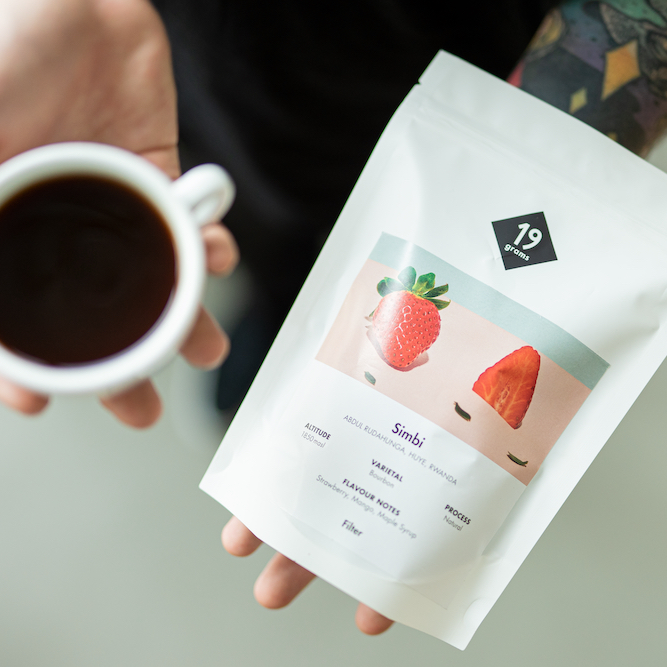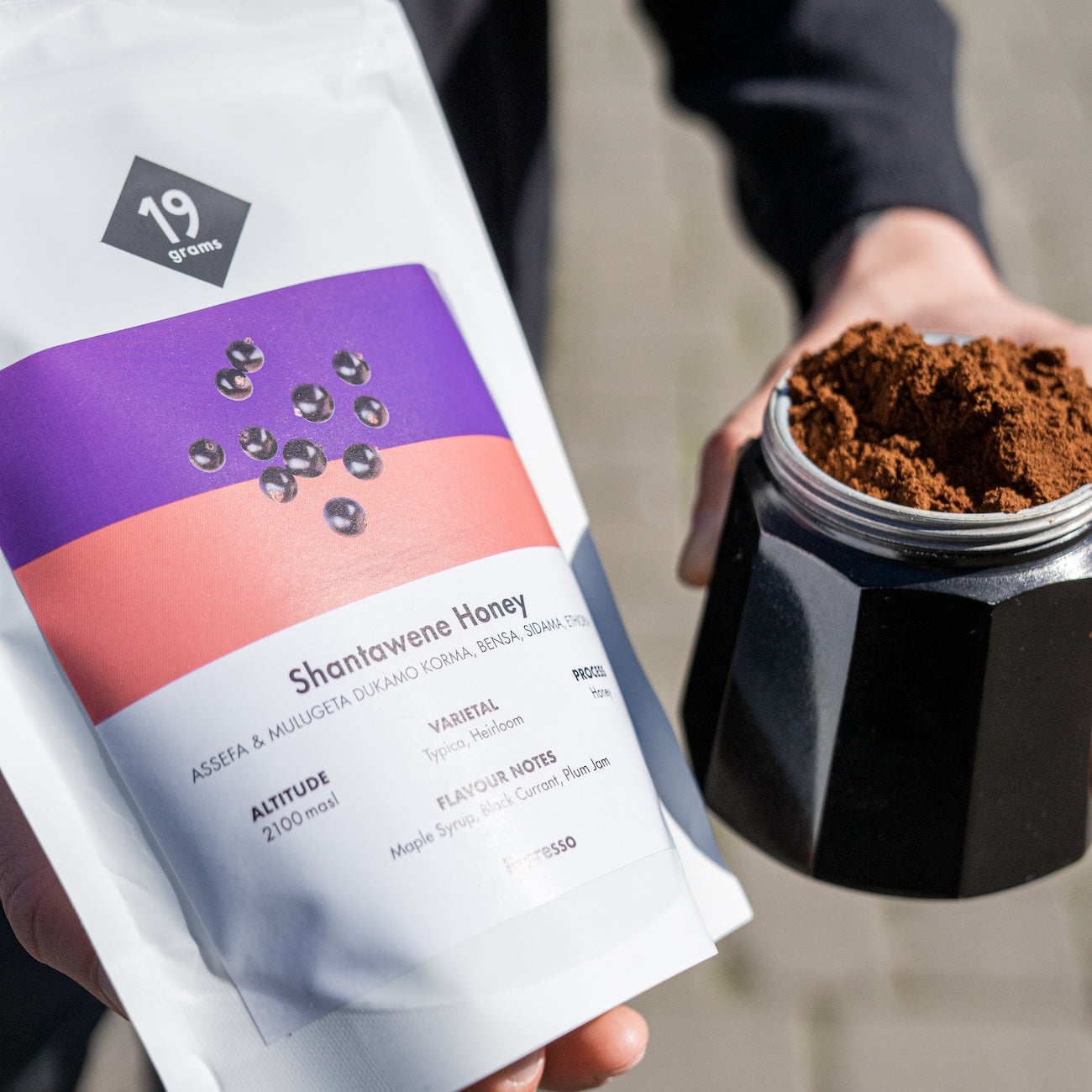Husking generally refers to the removal of the outer layer or shell of an object. In coffee, hulling is an important step in the processing of coffee beans. It involves removing the layers of husk and pulp from the beans. In a more specific sense, the removal of the parchment skin and silver skin that directly surround the coffee bean is called hulling or hulling.
After harvesting, the coffee cherries are dried and freed from their soft components until only the coffee beans remain. The final processing step that leads to the creation of green coffee involves hulling, cleaning, sorting and grading the beans. Hulling is also known as hulling. Depending on the type of processing, this is done in different ways. In wet processing, for example, the coffee beans have already been freed from the outer husk and pulp, leaving only the so-called parchment coffee. These are coffee beans that are still surrounded by a parchment skin (and a silver skin). This skin protects the beans from damage and increases their shelf life and storability. When hulling, only this parchment skin is removed. In wet processing, on the other hand, the coffee beans are completely freed from the pericarp. Hulling is usually done by machine, although the machines can vary depending on their complexity. For example, in a hulling machine the beans can be spun against a resistance or opened by pressure.
After hulling, sorting usually takes place. This involves sorting the hulled coffee beans by size, density and colour, either manually or with a machine. Once the beans are sorted into different quality grades, they are packed into bags and shipped to the roasting plant.







